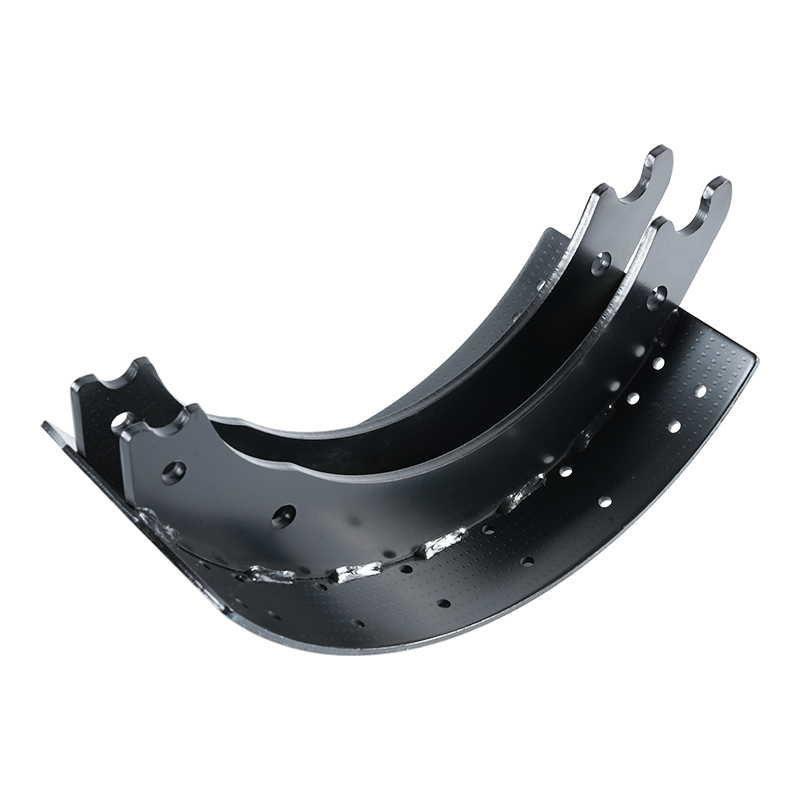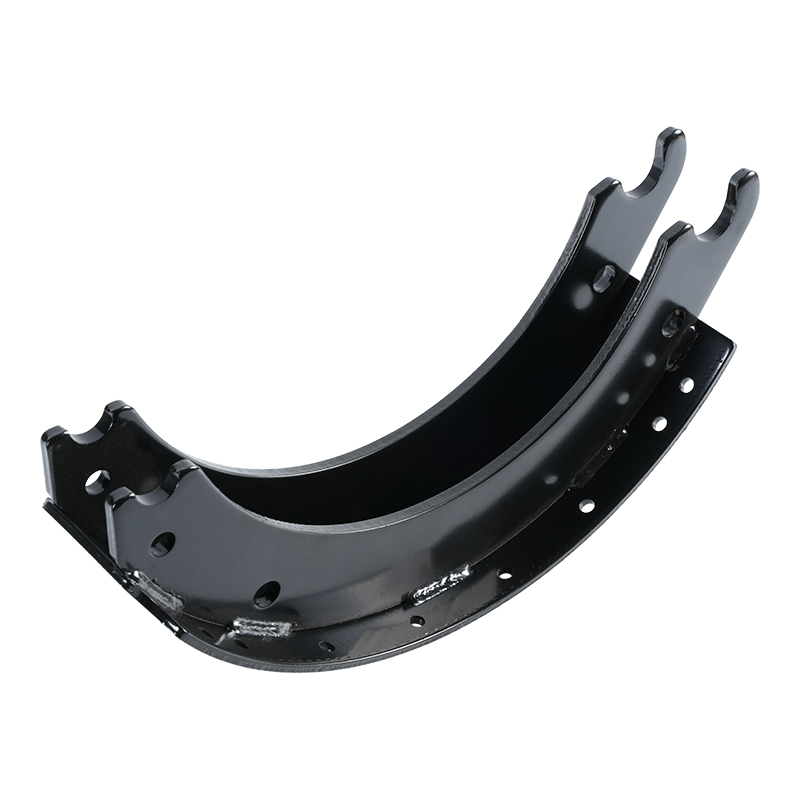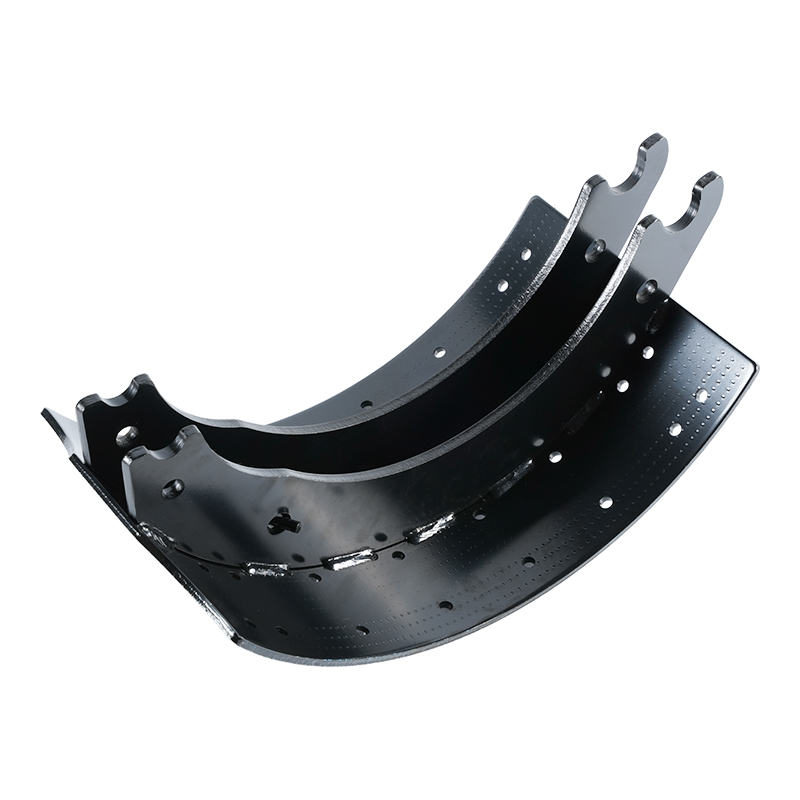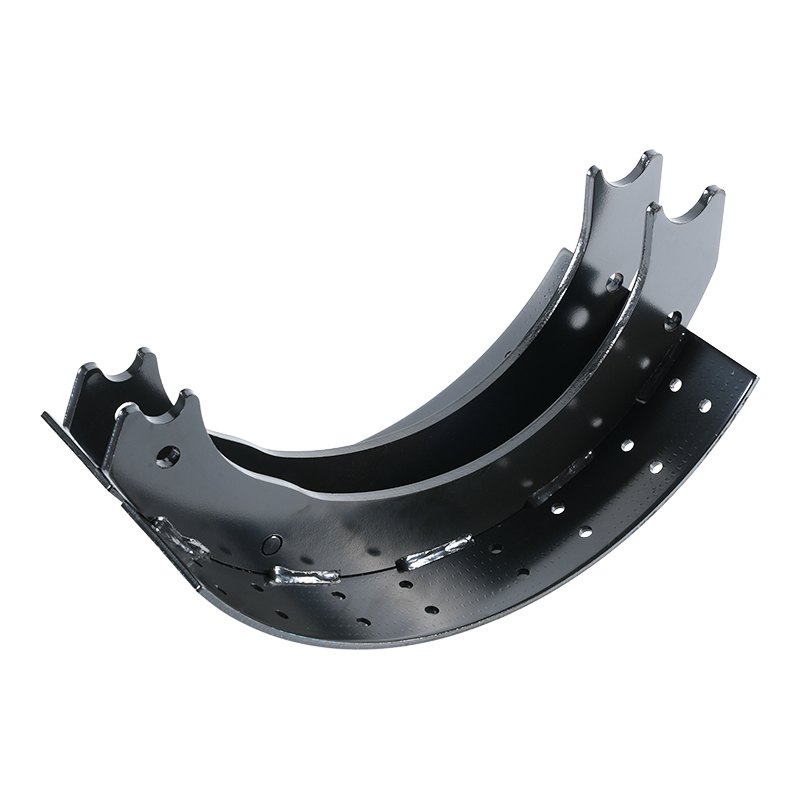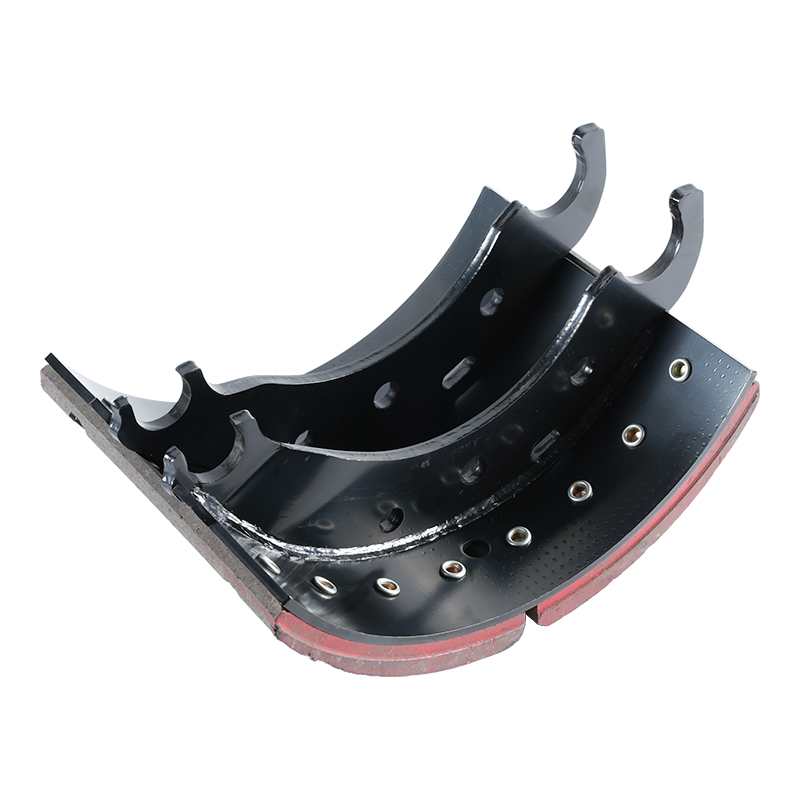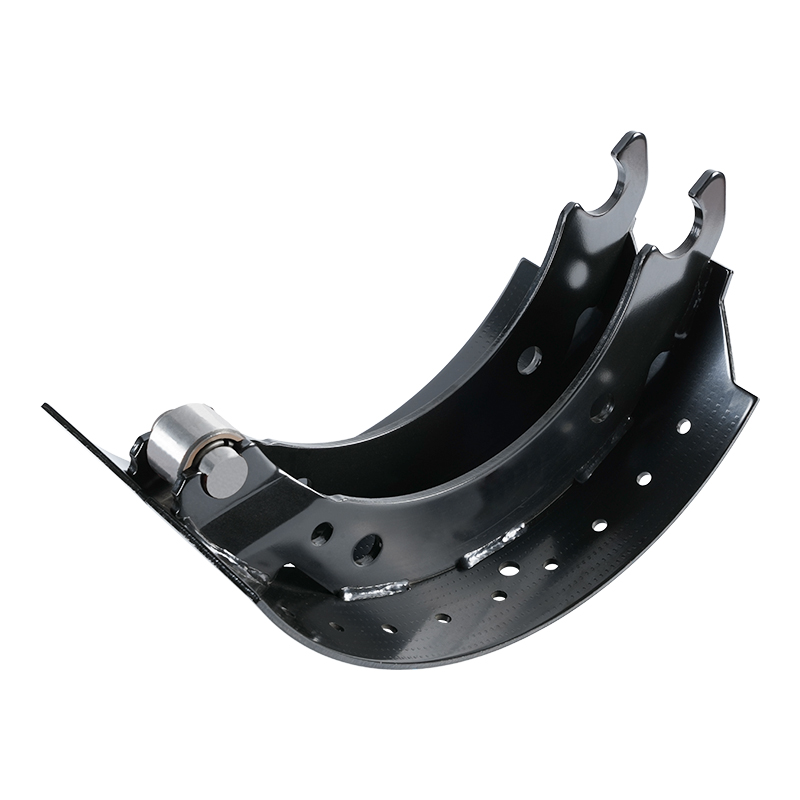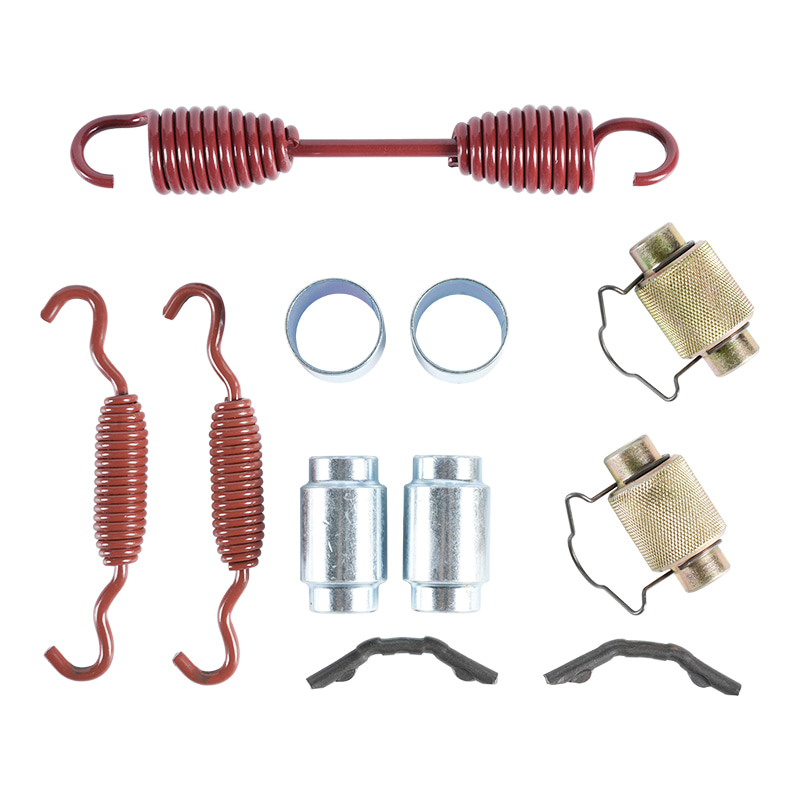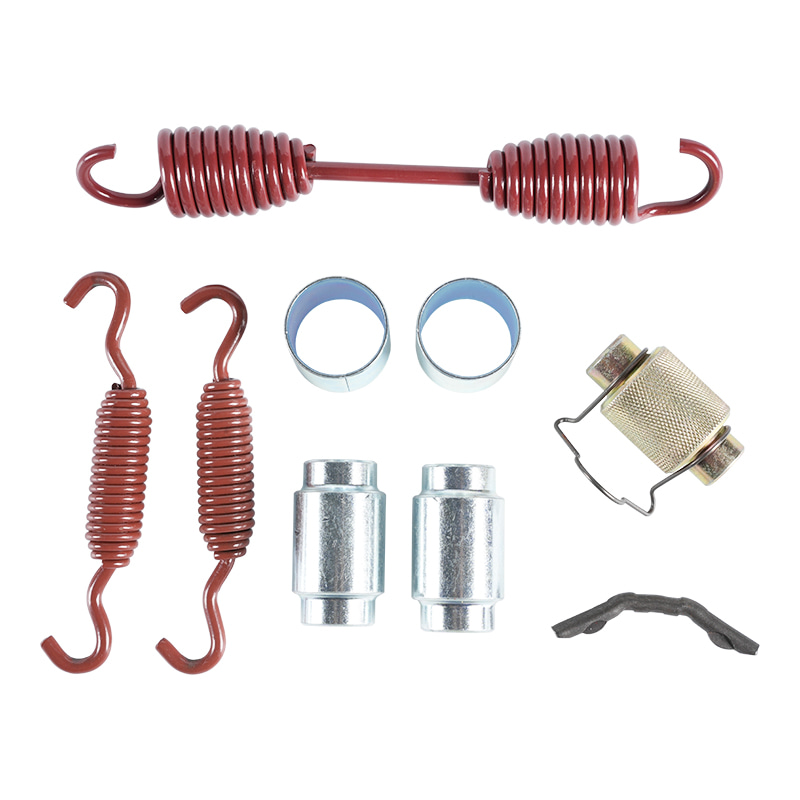Choosing the Right Brake Shoe Repair Kit
 2025.07.09
2025.07.09
 Industry News
Industry News
Brakes are arguably the most critical safety component in any vehicle. When it comes to drum brakes, the brake shoes are fundamental, and over time, they wear down, necessitating replacement. While replacing individual components is possible, a brake shoe repair kit offers a comprehensive solution, ensuring all related parts are replaced simultaneously for optimal performance and longevity. But with a myriad of options available, how do you choose the right one?
Understanding the Components of a Brake Shoe Repair Kit
A typical brake shoe repair kit isn't just about the shoes themselves. It usually includes:
-
Brake Shoes: These are the primary friction material that presses against the brake drum. They come in sets (usually four for two wheels).
-
Hold-down Springs/Pins: These keep the brake shoes in proper alignment against the backing plate.
-
Return Springs: These retract the brake shoes from the drum when the brake pedal is released, preventing continuous friction.
-
Self-Adjuster Components: Many kits include parts for the automatic brake self-adjustment mechanism, such as springs, cables, and levers, which ensure consistent pedal feel as the shoes wear.
-
Parking Brake Levers (less common): Some kits might include these if they are typically integrated with the shoe assembly.
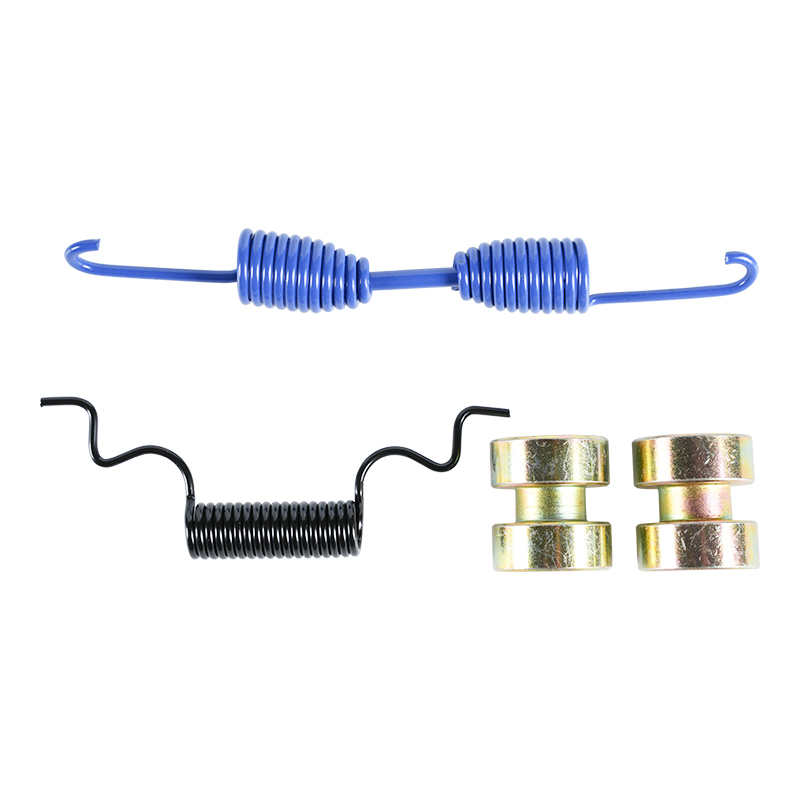
Key Factors to Consider When Choosing a Kit
1. Vehicle Compatibility (Make, Model, Year, Trim)
This is paramount. Brake kits are vehicle-specific. The dimensions, mounting points, and spring tensions are all engineered for particular vehicle applications. Always cross-reference the OEM (Original Equipment Manufacturer) part number or use a reputable parts finder tool that asks for your vehicle's exact specifications (year, make, model, engine size, and trim level). Incorrect fitment can lead to poor braking performance, premature wear, or even dangerous brake failure.
2. Material Composition and Friction Type
The material of the brake shoes significantly impacts performance, noise, and durability. The most common types include:
-
Organic Non-Asbestos (NAO): These are quieter and produce less dust, making them suitable for everyday driving. They offer good initial bite but might fade under extreme heat.
-
Semi-Metallic: Containing a higher percentage of metal fibers, these offer excellent stopping power and heat dissipation. They can be noisier and produce more dust but are durable.
-
Ceramic: Known for their clean operation (less dust), quietness, and long lifespan. They provide consistent performance across a range of temperatures but can be more expensive.
Consider your driving habits and environment. For daily commuting, NAO or ceramic might be ideal. For heavier loads or more aggressive driving, semi-metallic might be preferred.
3. Quality and Brand Reputation
Investing in a reputable brand pays off in terms of safety and longevity. Look for manufacturers known for their quality control and adherence to OEM standards. Established brands often have extensive research and development, ensuring their products meet or exceed performance expectations. Reading reviews from other vehicle owners and professional mechanics can also provide valuable insights.
4. Completeness of the Kit
While most kits are comprehensive, it's crucial to verify what's included. Does it contain all the springs and hardware you need? Some cheaper kits might omit critical components, forcing you to purchase them separately, which can negate any initial savings. A complete kit ensures that all wear-prone parts are replaced, preventing future issues and additional labor.
5. Manufacturer Warranty and Support
A good warranty indicates the manufacturer's confidence in their product. Understand the terms of the warranty, including coverage for defects and premature wear. Easy access to customer support can also be beneficial if you encounter any installation questions or product issues.
Installation Considerations
While choosing the right kit is crucial, proper installation is equally important. Brake system work should only be undertaken by individuals with mechanical aptitude and the correct tools. If you're unsure, it's always best to consult a certified mechanic. Improper installation can compromise braking effectiveness and vehicle safety.
Conclusion
Selecting the right brake shoe repair kit involves more than just finding the cheapest option. It requires careful consideration of vehicle compatibility, material type, brand reputation, and kit completeness. By prioritizing quality and proper fitment, you ensure the safety and optimal performance of your vehicle's braking system, providing peace of mind on every journey.

 Eng
Eng  中文简体
中文简体
